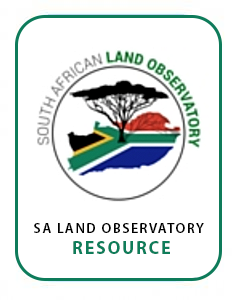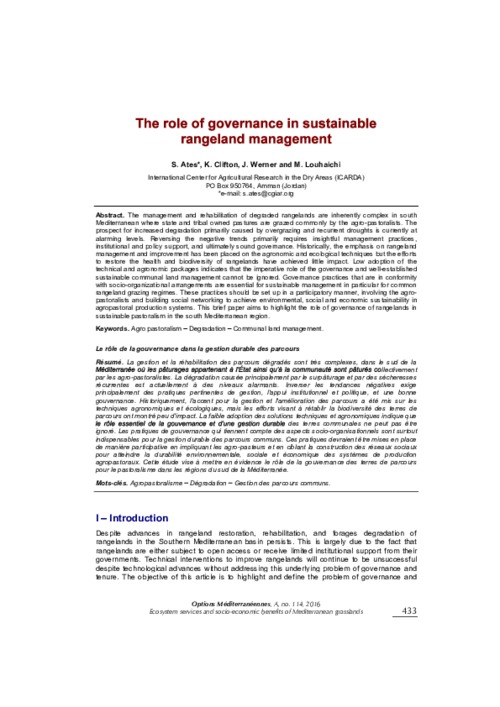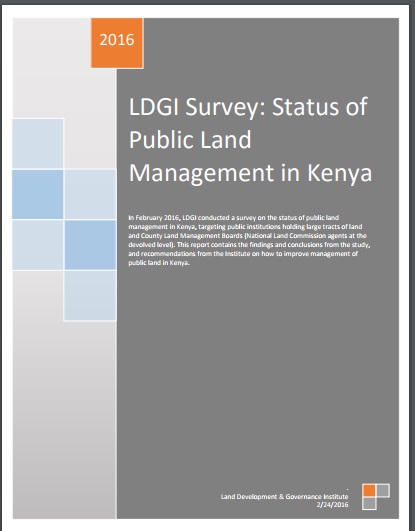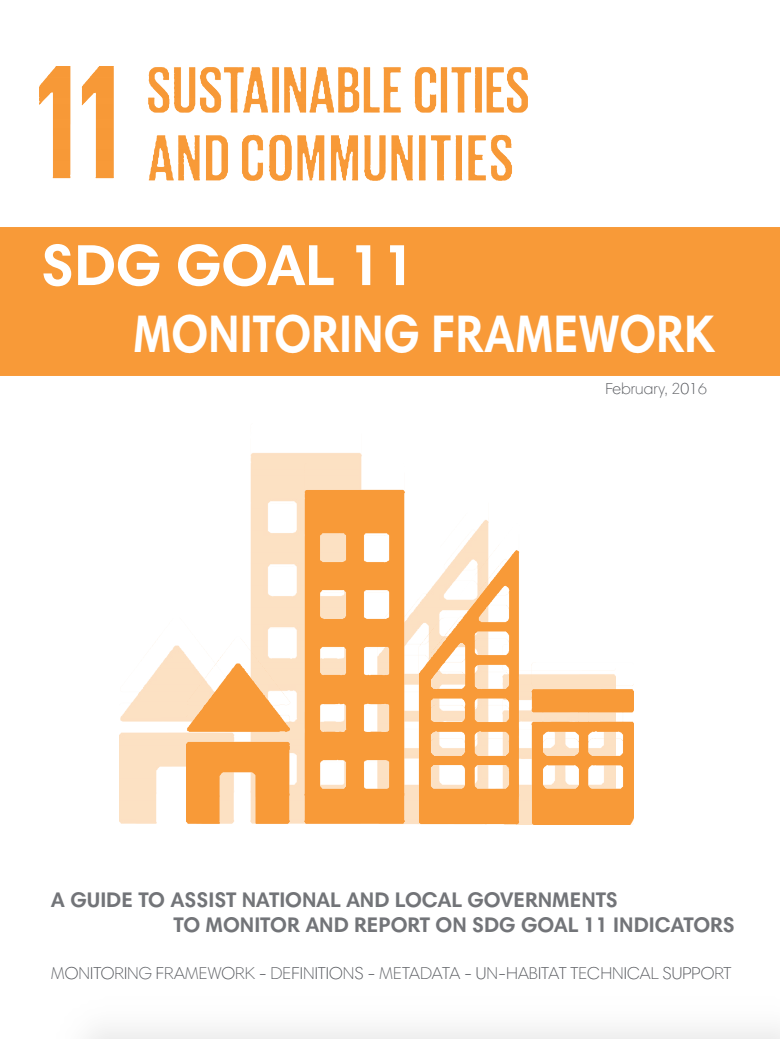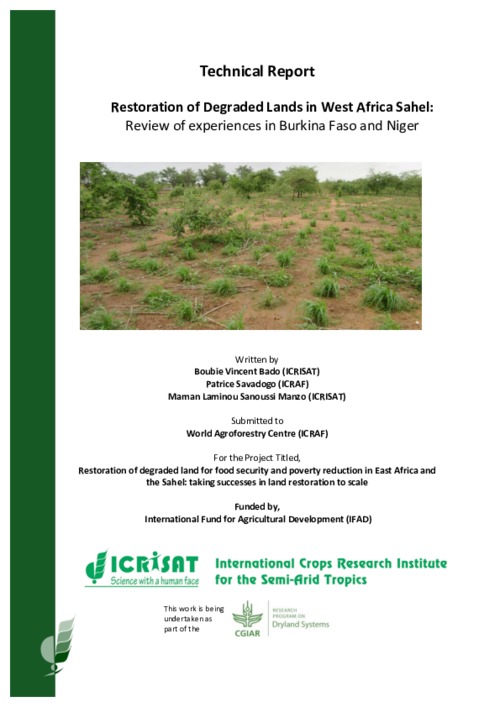Commission on Restitution of Land Rights 2nd & 3rd Quarter 2015/16 performance, with Deputy Minister
The Committee welcomed the Quarterly Reports as they showed the progress that had been made in dealing with claims. However discomfort was expressed at the pace of restitution. The Committee was very interested in the research aspect of the Commission’s brief.

